Your 2017 Gift Guide For The Physics And Astronomy Lover In Your Life
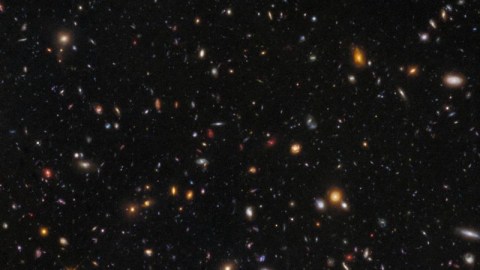
If you haven’t finished your holiday shopping yet, consider these 10 gifts, good any time of year!
One of the hardest things when it comes to holiday shopping is to find honest, quality recommendations in an area far outside of your expertise. Even if you’re interested in it, getting a recommendation or review from someone who knows that field at an expert level is invaluable in making a good decision. If you or someone you love is a huge fan of physics and/or astronomy, you might not know what the right holiday gift for them is. There are a huge variety of options out there, but for 2017, here are ten of the best gift ideas for people of all ages and interest levels, recommended by an astrophysicist!

Best book on gravitational waves: Ripples In Spacetime, by Govert Schilling. Scientifically, there are few things more compelling than a brand new discovery that revolutionizes our conception of the Universe. Einstein’s theory of General Relativity brought forth with it a new theory of space and time, complete with a new form of radiation: gravitational waves. 100 years, a number of theoretical battles, and a colossal experimental achievement later, we’ve finally reached the era of gravitational wave astronomy. Govert’s blend of storytelling, interviews, science, and history creates a fantastic read, and for anyone curious about the development of LIGO and what the future holds, you couldn’t as for a better story. (Complete review here.)
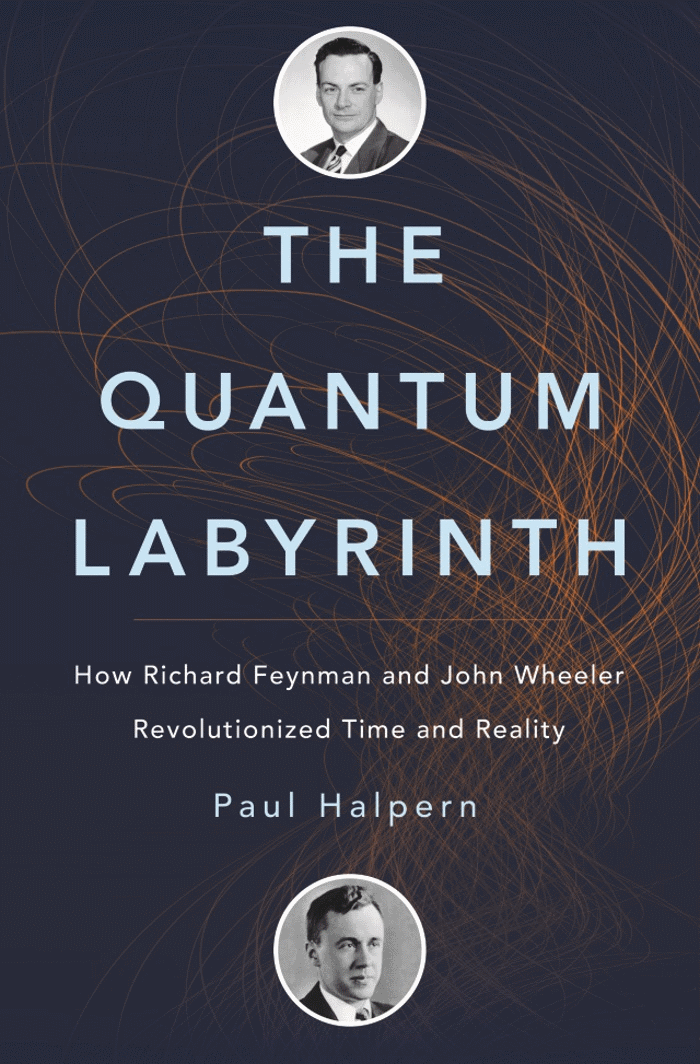
Best book on physics history: The Quantum Labyrinth, by Paul Halpern. In the 20th century, two developments changed the course of fundamental physics: quantum field theory and the study of black holes. Perhaps the two most revolutionary physicists on these fronts were Richard Feynman and John Wheeler. In a sweeping retrospective on these two lives, intersecting in a huge variety of ways, Paul Halpern combines history and personality with discoveries and breakthroughs to arrive at a unique and comprehensive take on these two men’s lives. Simultaneously highlighting their work, their accomplishments, and their failings, he humanizes these titans of physics in a way never accomplished before. A must-read for anyone interested in understanding the historical figures who powered our understanding of the Universe. (Complete review here.)
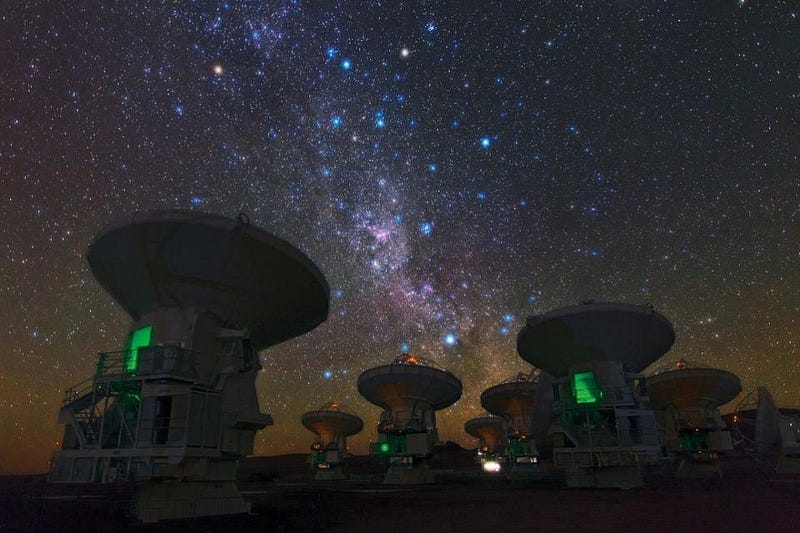
Best book on intelligent life arising in the Universe: Life Through Time And Space, by Wallace Arthur. How did the Universe play out, from its very earliest stages, to create intelligent, sentient, curious, Universe-exploring life here on Earth? In the careful hands of Wallace Arthur, that story gets approached from a primarily biological, rather than cosmological, point-of-view. The scientific story told here is focused on life arising in the Universe, and in particular on how it happened here on Earth, as well as how it might happen (or have happened) elsewhere. For those of you curious about how a respected scientist whose specialty is in zoology (and evo-devo) might view life on our planet, Arthur’s perspective is an intriguing treat, giving us a new spin on an old cosmic tale, with novel details emphasized over what you might have heard before.

Best book on Star Trek and science: Treknology, by Ethan Siegel. Every dream of going where no one has gone before? Into a future where the greatest problems plaguing humanity are nowhere to be seen, owing to the advances we’ve made in science and technology? In Treknology, 28 different technologies dreamed up by Star Trek are profiled, detailing the real-life science behind the development of each one, from Warp Drive to Tricorders. There’s a slew of fundamental physics in there, including about antimatter, artificial gravity, warped spacetime, quantum teleportation, and advanced photonics, but there’s also advances in many other arenas, from military to medical to civilian to computational concerns. If you’re a fan of Star Trek, science, technology, and/or futuristic thinking, be sure to check Treknology out!
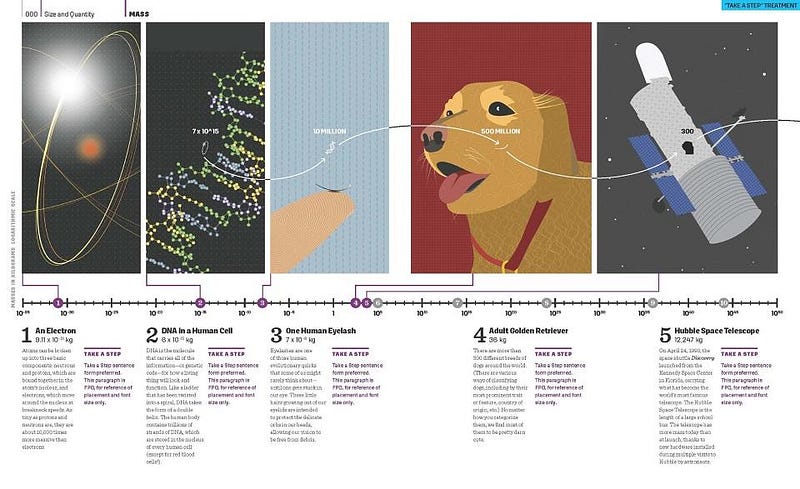
Best book on the scale of the Universe: Magnitude, by Kimberly Arcand and Megan Watzke. How do you cope with the scale of the Universe, from the very, very large to the microscopically (or even subatomically) small? Thanks to the gorgeously illustrated Magnitude, and the clear explanatory prose and comparisons cooked up by Arcand and Watzke, the answer is through fantastic analogies. Taking on the full range of scales in mass, energy, speed, distance, size, and much more, Magnitude offers a master class in scientific visualization and is as suitable an interesting for adults as it is for middle schoolers. If you’re a visual or spatially-oriented thinker who loves to contemplate the large and small, the cold and hot, and the extremes of existence, you won’t want to miss this gem.
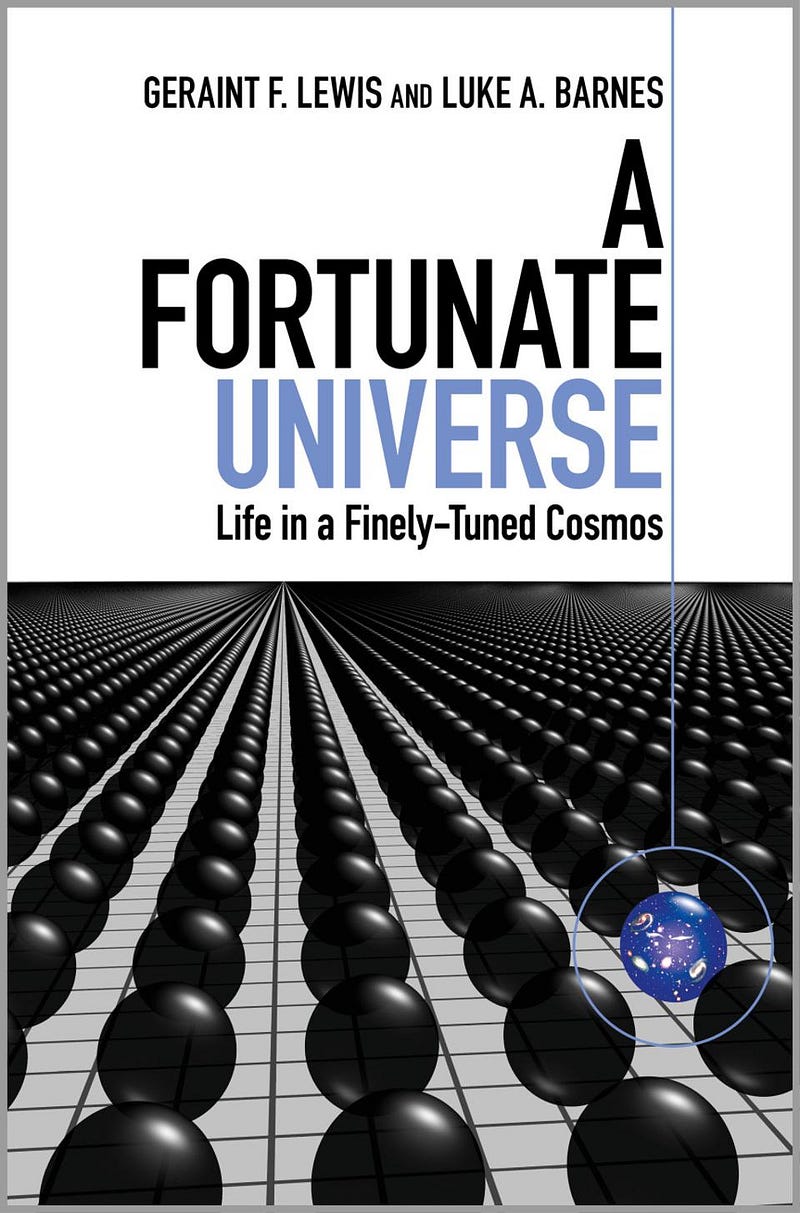
Best book on fine-tuning in the Universe: A Fortunate Universe, by Geraint Lewis and Luke Barnes. Why do the fundamental constants have the values that they do? Or, more specifically, how different could they have been and still admitted a Universe that gave rise to intelligent beings like us? This open question is tackled admirably and rigorously by Lewis and Barnes in A Fortunate Universe, who make sure not to fall for the most common anthropic fallacies that other treatments of this topic succumb to. If you want a book that offers some answers but, more importantly, a slew of important concepts and questions to consider when asking about the possibilities and probabilities of existence, A Fortunate Universe might just sate your curiosity. (More comprehensive discussion here.)
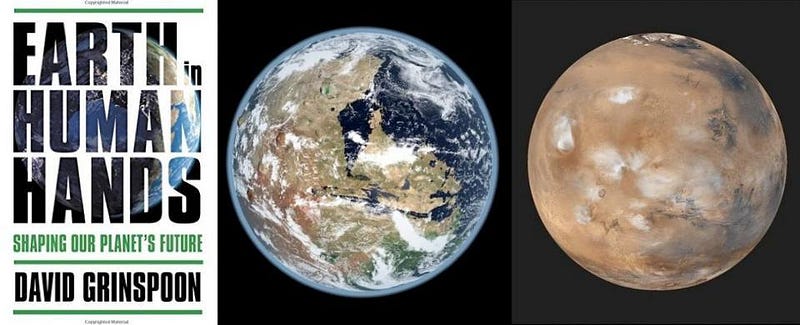
Best book on Earth’s history and present: Earth In Human Hands, by David Grinspoon. The most memorable message contained in this book is that, when it comes to planet Earth, humanity is at the controls, but we’re not in control. The irreversible changes that other planets in our Solar System have undergone serves as a cautionary tale to us, and the fragility and unpredictability of a chaotic system like our planet makes us realize how intricate the systems that govern Earth’s climate and habitability actually are. Do we need to implement geoengineering in our future? Are we doing it already, like it or not? Grinspoon is at his strongest when he confronts us with the ethical questions and scientific answers (where they exist) that will define humanity’s legacy on our world. If you care about the future of our planet, Earth in Human Hands will have you contemplating exactly what’s at stake, and how. (Complete review here.)
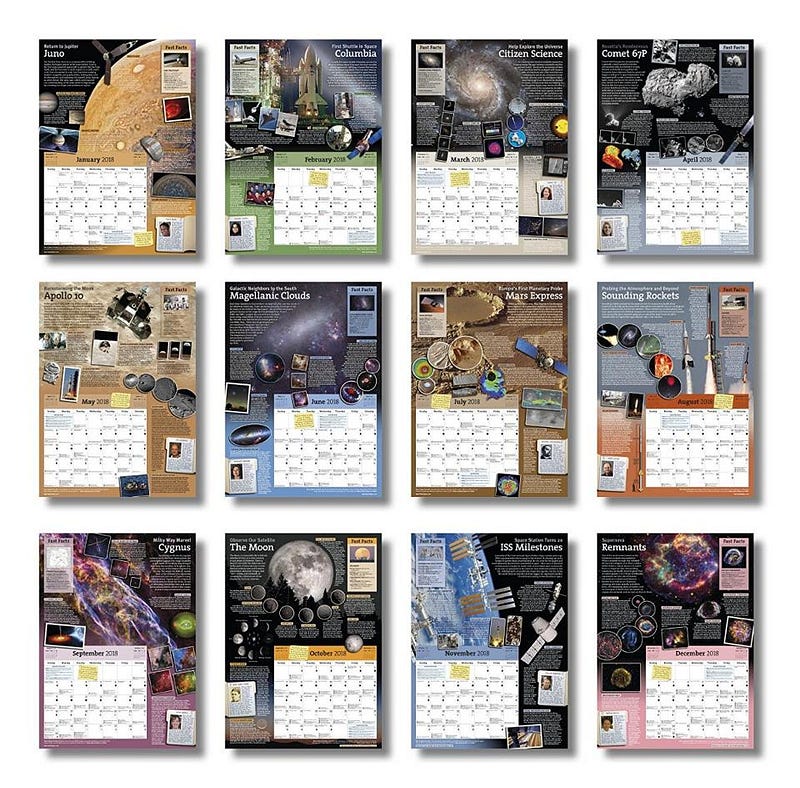
Best calendar about space: The Year In Space 2018 Wall Calendar, by Steve Cariddi. I’ve been a fan of the Year In Space calendar since I first discovered it back in 2013, and it gets more enjoyable every year. When I look for a calendar, it’s necessary to have big, beautiful pictures of outer space adorning it. But the Year In Space calendar also gives you:
- daily anniversaries of astronomical discoveries and events,
- profiles of researchers, scientists and missions,
- highlights of various astronomical and astrophysical phenomena,
- bonus images with scientific facts,
- and hundreds of sky events, including meteor showers, daily moon phases and where to find the naked-eye planets.
As long as they continue to make this calendar, it’s hard to imagine I’ll choose any other. For my money, the best calendar is one that you’ll look at, frequently, and that will gladly hold your interest each time you look at it. On every front, The Year In Space calendar delivers, and I’m so pleased to already have my copy.

Best way to get to learn the night sky: Celestron SkyMaster Binoculars with Tripod and Tripod Adapter, by Celestron. New to looking at the night sky with something more than your naked eye? Consider not getting a telescope, but a good pair of astronomical binoculars. You get to use two eyes, you get a wide field of view, and you get to acquaint yourself with what the sky looks like in every direction in glorious detail. Go for aperture (the second number) and magnification (the first number) that’s about a quarter of the aperture, and explore the highlights of the night sky at your own pace! I highly recommend getting a stable tripod for superior viewing, and make sure it can hold at least twice the weight of your binoculars for stability. (A fall can knock your binoculars out of collimation; a binocular-ruining result that I once suffered from using an inferior tripod.) And finally…

Best first telescope for a curious child (or adult): Celestron FirstScope plus FirstScope Accessory Kit, by Celestron. For anyone ages 7 and up, this is the best telescope to get started with. Why? Because whether you have dark skies or live in a city, the night sky still holds wonderful things to look at. The Moon, the planets, and the brightest star clusters and close collections of stars all provide excellent views and are easy to find. This point-and-observe telescope does just fine sitting on a table, and is much easier to use than a traditional refracting telescope. At a price point of just $41 on Amazon (and still just $60 if you include the accessory kit, which I very much recommend), you can see the rings of Saturn, the moons of Jupiter and craters on our Moon. It’s a great way to get introduced to the night sky, and represents a step up from any pair of astronomical binoculars you can get your hands on!

No matter what your passion is, there are a whole slew of great options out there that the Universe has to offer. Thanks to some incredible authors, illustrators, and manufacturers, there’s no shortage of intellectual nourishment for the curious mind. Happy holidays to all, and here’s hoping that some of these recommendations help you find the right gift for that special someone in your life!
Ethan Siegel is the author of Beyond the Galaxy and Treknology. You can pre-order his third book, currently in development: the Encyclopaedia Cosmologica.





